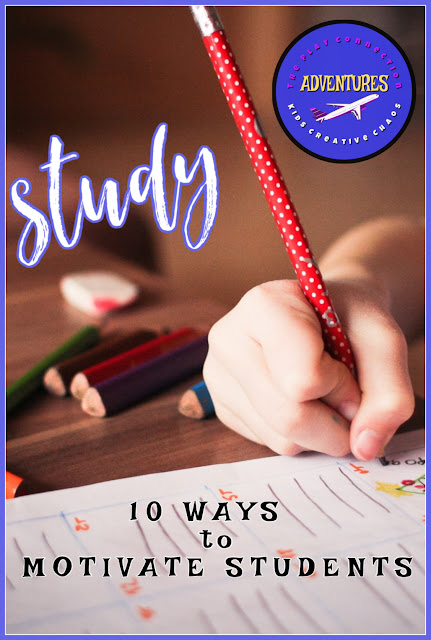Service Dogs for Kids
While a service dog requires a bit of upkeep, it can also help kids with disabilities to manage their health, development, and happiness. If you believe that your child could benefit from a service animal, do your research.
This post contains Amazon affiliate links.
You’ll want to answer the following questions:
- What conditions merit the use of a service dog?
- How do you care for these pets?
- What is training like? How do they help?
We’ve compiled the top 3 things you’ll want to know about owning a guide or hearing dog for your child. Use our list to help you decide whether obtaining a service dog is right for your family.
There Isn’t Just One Type of Service Animal
Contrary to what you might see on TV or in movies, there are dozens of different types of training a pet can go through to become ready for service. These can help guide, care for, and watch over kids with different kinds of disabilities.
Types of trained pets include:
- Hearing
- Walker or Balance
- Social pets
- Guide pets
- Seizure Alert
- Dogs for Psychiatric Disabilities
These animals help kids with different types of difficulties in day to day life that can be fulfilled by the pet.
For example, seizure alert dogs are trained to alert people when a seizure is about to occur. Social dogs, on the other hand, are great at helping kids with developmental disabilities interact and engage with other people.
Trained pets help people of all ages, independence levels, and backgrounds. You can find more information about training and assistance for service dog owners on the SDRA website.
Service Animals Don’t Need a Certificate to Work
A common misconception when contemplating a guide or a seizure alert animal is that it may be difficult to get around with it. The opposite is true. There are policies in place to protect your rights so that you aren’t given a hard time with the pet in public.
The Americans with Disabilities Act (ADA) states that service animals are allowed to work with or without certification. This means that businesses and organizations are not allowed to prevent you from traveling with your pet. Many businesses have made it a policy to not ask whether a dog is medically necessary or not.
Working Dogs Are Still Dogs
While you may be getting a service dog to simplify your life and aid your child, the dog is not only a helper. The animal is trained and registered officially to provide assistance for owners, but it is still a dog. It requires all of its needs met as well. Just like any normal dog, it needs exercise, food, water, and plenty of love.
Taking care of a dog can be fun, but it is also expensive. Be sure that you are ready to take on the financial and time investment that a dog requires. You need to afford veterinary appointments and food, have the time to give the dog baths, and take it for walks. Be sure that you are ready before taking on this responsibility.
The Bottom Line
A service dog can do great things for your child’s health and development. It can help them to navigate the world around them more freely. It can help with their confidence and happiness. It can even preempt and assist with health issues like seizures.
Be sure that you think about what it means to own a guide animal before you make the purchase. Use these tips to help you figure out whether you would like to bring a service dog into your child’s life.
Recommended:


















